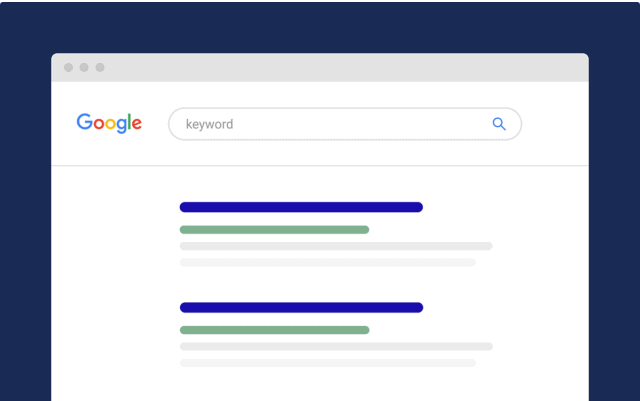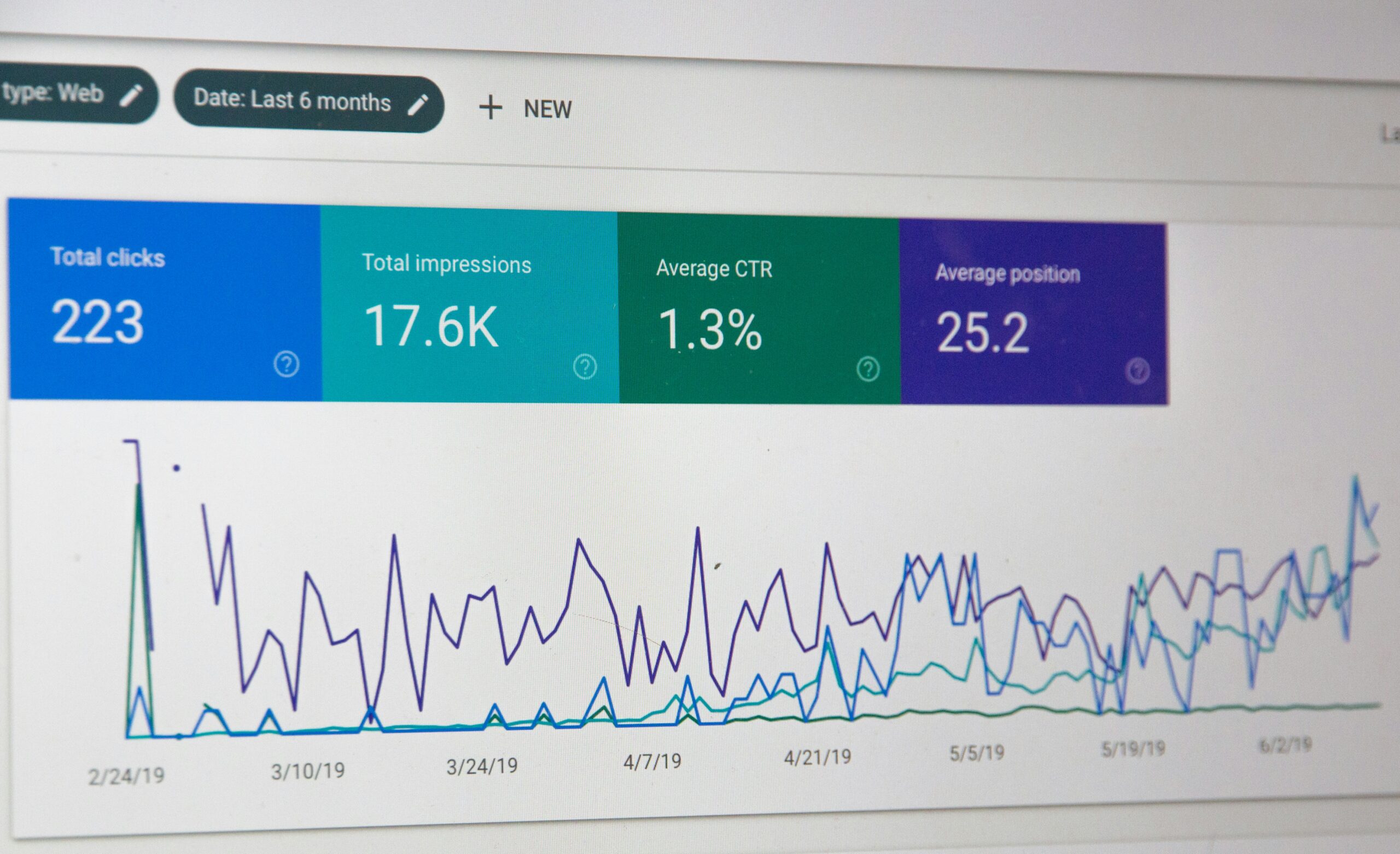Table of Contents
What is Search Engine Marketing (SEM)
Search Engine Marketing (SEM) is a digital marketing strategy that involves promoting websites by increasing their visibility in search engine results pages (SERPs) through paid advertising. It encompasses various tactics to enhance a website’s visibility, drive targeted traffic, and ultimately, increase its online presence.
The SEM Toolbox
- Search Engine Optimization (SEO): This involves optimizing a website’s content, structure, and other elements to improve its organic (unpaid) search engine rankings. SEO focuses on enhancing the relevance and credibility of a site to make it more attractive to search engines.
- Pay-Per-Click (PPC) Advertising: SEM often involves paid advertising through PPC campaigns. In PPC, advertisers bid on keywords, and they pay a fee each time their ad is clicked. This model allows for precise targeting and immediate visibility of search engine results.
- Keyword Research: Identifying and targeting relevant keywords is a crucial aspect of SEM. Understanding the search terms your target audience uses allows you to tailor your content and advertising efforts to match their intent.
- Ad Copy and Landing Page Optimization: Crafting compelling ad copy and creating effective landing pages are essential for successful SEM. The goal is to entice users to click on the ad and provide them with a seamless, relevant experience on the website.
- Analytics and Monitoring: Continuous analysis of campaign performance is vital in SEM. Monitoring metrics such as click-through rates, conversion rates, and return on investment helps refine strategies for better results.
How SEM works
Search Engine Marketing (SEM) operates through a combination of paid advertising and search engine optimization (SEO) strategies. It involves promoting a website to enhance its visibility on search engine results pages (SERPs) when users search for relevant terms. Here’s how SEM works:
1. Keyword Research:
- Identification of Relevant Keywords: SEM begins with extensive keyword research. Businesses analyze and select keywords that are relevant to their products, services, or industry.
- Competitive Analysis: Understanding which keywords competitors are targeting helps in refining the strategy and identifying opportunities.
2. Creating Compelling Ad Campaigns (PPC):
- Setting up Ad Campaigns: Using platforms like Google Ads, businesses create targeted ad campaigns. They bid on selected keywords to display their ads when users search for those terms.
- Ad Copy Creation: Crafting compelling ad copy is crucial. Ads should be relevant to the chosen keywords and enticing enough to attract clicks.
3. Ad Auction and Placement:
- Bid Auction: When a user enters a search query, the search engine conducts an auction to determine which ads will be displayed. The bid amount, ad quality, and relevance play key roles in this process.
- Ad Placement: Winning advertisers have their ads displayed prominently on the SERPs, usually above or below the organic search results.
4. Pay-Per-Click (PPC) Model:
- Cost Per Click (CPC): In a PPC model, advertisers pay only when a user clicks on their ad. The cost per click is determined by the bid amount, ad quality, and relevance.
- Budget Management: Advertisers set daily or campaign budgets to control their spending.
5. Search Engine Optimization (SEO):
- Concurrently, businesses focus on optimizing their website content for organic search. This involves using relevant keywords, improving site structure, and creating high-quality content, SEO also includes optimizing meta tags, descriptions, and other on-page elements to improve the website’s visibility in organic search results.
6. Monitoring and Analytics:
- Advertisers continuously monitor the performance of their SEM campaigns. Metrics such as click-through rate (CTR), conversion rate, and return on investment (ROI) are analyzed.
- Based on performance data, advertisers make adjustments to their campaigns. This may include refining keyword targeting, modifying ad copy, or adjusting bid strategies.
7. Conversion Tracking:
- Defining Conversions: Advertisers set specific actions as conversion goals, such as making a purchase, filling out a form, or signing up for a newsletter.
- Conversion Tracking Tools: Utilizing tools like Google Analytics, advertisers track and measure conversions, enabling them to assess the effectiveness of their campaigns.
8. Continuous Optimization:
- Adapting to Changes: Search engines frequently update algorithms and market dynamics change. Successful SEM requires ongoing optimization to adapt to these changes and stay competitive.
SEO vs. SEM
SEO and SEM employ numerous similar tactics; nevertheless, they represent distinct approaches to achieving a prominent position on a search engine results page (SERP).
SEO
- Objective: Primarily focuses on optimizing a website to enhance its organic (unpaid) visibility on search engine results pages (SERPs).
- Methods: Involves on-page optimization, content creation, keyword targeting, and improving site structure to align with search engine algorithms.
- Timeline: Results are often gradual and require continuous efforts over time.
- Cost: Mainly labor and resource-intensive but does not involve direct payment to search engines.
- Visibility: Positioned within organic search results, emphasizing relevance and authority.
SEM

- Objective: A broader strategy that includes both paid and organic methods to increase a website’s visibility on SERPs.
- Methods: Encompasses paid advertising (PPC), in addition to SEO tactics, to achieve immediate visibility through sponsored listings.
- Timeline: This can deliver instant results through paid advertising; however, ongoing management is essential for sustained success.
- Cost: Involves a budget for paid advertising, with costs tied to clicks or impressions, depending on the chosen model (e.g., PPC).
- Visibility: Achieves visibility through paid advertisements showcased prominently on SERPs.
Summary
- Timeline and Results: SEO is a long-term strategy with gradual results, while SEM, especially through PPC, offers quicker visibility.
- Cost Structure: SEO involves labor and optimization costs, while SEM includes a budget for paid advertising.
- Visibility Channels: SEO relies on organic listings, emphasizing relevance and authority, whereas SEM utilizes paid advertising for immediate visibility.
Choosing the Right Strategy:
- SEO is Ideal When:
- Long-term visibility is a priority.
- Building organic authority and credibility is crucial.
- Budget constraints necessitate a focus on unpaid strategies.
- SEM is Ideal When:
- Quick visibility is essential for specific campaigns or promotions.
- The budget allows for paid advertising to complement organic efforts.
- Testing and refining strategies based on immediate results are priorities.
Importance of SEM
SEM marketing strategies are crucial for various reasons:
Digital Marketing Enhancement: In the realm of digital marketing, where online purchases reign supreme, SEM campaigns play a pivotal role in expanding the reach of marketing efforts. By meticulously identifying and utilizing keywords, SEM aims to attract individuals most likely to show interest in the marketer’s product or service. Essentially, these campaigns focus on the most lucrative keywords to optimize digital marketing effectiveness.
High Conversion Rates: A standout advantage of SEM marketing lies in its ability to position a company’s product directly in front of customers at the moment they are poised to make a purchase. For instance, by acquiring an ad for a specific product keyword, such as “food processor,” potential customers searching to buy a food processor online will encounter the company’s product ad first. This strategic placement significantly boosts customer conversion rates, capitalizing on customers’ intent to make a purchase.
Speed and Immediate Visibility: SEM strategies excel in driving increased traffic swiftly, outpacing the often time-consuming nature of SEO keyword analysis and content shaping. By securing a prominent position at the top of Search Engine Results Pages (SERPs), SEM places products and services directly in front of customers, ensuring immediate visibility and engagement.
Cost-Effective PPC Model: The Pay-Per-Click (PPC) model, akin to the cost per engagement model, proves to be a cost-effective SEM strategy. Organizations only incur costs when their ad is clicked, and they maintain control over spending by setting a maximum Cost Per Click (CPC) and a daily budget. This allows for strategic budget management and maximizes the value derived from each click.
Enhanced Organic Rankings and Trust Signals: A successful SEM campaign not only increases traffic through paid ads but also contributes to overall page traffic and elevates trust signals recognized by search engines like Google. If a product performs well in an SEM campaign, it may secure a high organic ranking on SERPs, potentially making ongoing SEM efforts less imperative.
Segmentation for Targeted Reach: In addition to keywords, SEM campaigns offer control over geographic location, language, and online behavior targeting. This ensures that organizations reach only the users who are most likely to be interested in their products or services, thereby enhancing the efficiency of marketing efforts.
Deep Insight through Analytics: Tools like Google Analytics provide organizations with real-time, highly detailed reports on the status and evolution of their SEM campaigns. These insights offer valuable information on the performance of SEM campaign ads, enabling organizations to analyze and continuously improve their strategies.
How does SEM work?
SEM operates through a combination of paid advertising and SEO strategies. It involves keyword research, creating compelling ad campaigns (PPC), ad auction and placement, a PPC model, simultaneous SEO efforts, monitoring and analytics, conversion tracking, and continuous optimization.
Is SEM suitable for businesses with budget constraints?
Yes, SEM offers flexibility in budgeting. With the Pay-Per-Click (PPC) model, businesses only pay when their ad is clicked, allowing for cost control. This makes SEM a viable option for businesses of various sizes.
How does SEM contribute to customer trust and credibility?
SEM, when successful, not only increases traffic through paid ads but also elevates trust signals recognized by search engines. A positive performance in SEM campaigns can contribute to a higher organic ranking, enhancing overall trust and credibility in the eyes of potential customers.
Can you recommend tools for effective keyword research in SEM campaigns?
Tools like Google Keyword Planner, SEMrush, and Ahrefs are widely used for effective keyword research in SEM campaigns. These tools provide valuable insights into search volume, competition, and relevant keywords.
Are there specific tools that aid in creating compelling ad copies for SEM?
Ad copy creation in SEM can be facilitated by tools like Google Ads Editor, AdEspresso, and SEMrush’s Ad Builder. These tools provide features for drafting, testing, and optimizing ad copies for better performance.
Disadvantages of SEM?
Cost Factors: In terms of expenses, SEM, particularly with models like PPC, can accumulate costs as organizations are charged for every click on their ads. Conversely, SEO involves no costs directly associated with clicks or rankings.
Competition Challenges: The competitive landscape in SEM, especially when targeting specific audiences, poses challenges in terms of purchasing ads and securing top positions on SERPs. The surge in companies vying for the leading ad spot contributes to the escalation of CPC and associated expenses.
Customer Trust and Ad Blockers: The trust factor with customers becomes a consideration in SEM, as many users distrust or find ads intrusive, leading them to employ ad blockers. Ads are often perceived as disruptive and less credible compared to inbound marketing techniques that yield organic search results.
Want to enhance your online presence? Dive into SEM mastery—strategic keywords, compelling ads, and optimization for digital success. Be noticed in the digital landscape!



